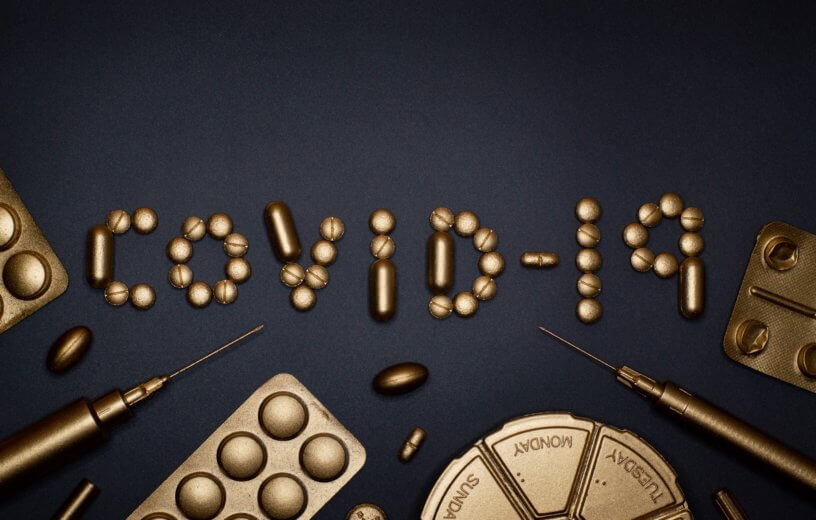LOS ANGELES, Calif. — A treatment for COVID-19 may have been sitting in our skin the whole time. Researchers from Cedars-Sinai Medical Center have discovered a potential new therapy for coronavirus — thanks to a substance in the skin cells which can block the infection.
Scientists explain the new treatment is only possible in the first place because of a biologic substance created by reengineered human skin cells. The substance has already shown the capacity to block SARS-CoV-2 from reproducing and even helped protect already infected human lung cells. This work is still in its preliminary stages, but these findings open the door for a new COVID-19 treatment sometime in the not-so-distant future.
“We were surprised to find this potential therapy shuts down a novel pathway for viral replication and also protects infected cells,” says first study author Ahmed G. Ibrahim, PhD, MPH, assistant professor in the Smidt Heart Institute at Cedars-Sinai, in a media release.
While the few current available treatments out there for COVID-19 focus on preventing the coronavirus from replicating, this new treatment appears capable of actually inhibiting the replication while also protecting and repairing damaged tissues. Considering how widespread “long COVID” has become, this two-fold beneficial effect could be a major therapeutic boon in the race to end the pandemic.

From repairing tissue to stopping COVID
Study authors developed this new treatment via skin cells called dermal fibroblasts. Scientists specifically engineered these cells to create therapeutic extracellular vesicles (EVs), or nanoparticles that facilitate communications between cells and tissue. These EVs, which can repair damaged tissue, have been named “ASTEX” by researchers.
Earlier, pre-pandemic research collected considerable evidence suggesting ASTEX can repair damaged heart tissues, lung tissues, and muscles among a group of lab mice. Once COVID-19 emerged on the world stage in 2020, the research team shifted their efforts toward determining if ASTEX could serve as a treatment against the SARS-CoV-2 virus.
Scientists from UCLA helped to complete the next round of research. Study authors tested to see what would happen when they applied ASTEX to human lung epithelial cells, which are the cells lining the pulmonary tract. SARS-CoV-2 often targets these cells as the virus attacks the lungs.
The experiment showed that ASTEX indeed stopped cells from starting an inflammatory process that may lead to cell death. Moreover, ASTEX-exposed cells created less of a specific protein (ACE) that COVID uses to infect healthy cells.
How does ASTEX differ from other COVID drugs?
The ASTEX treatment is different than previous ways of fighting COVID-19 infection. Take remdesivir, a drug currently helping to treat COVID-19 cases. Unlike ASTEX, remdesivir doesn’t slow ACE production. Instead, the drug blocks the coronavirus from latching onto a different protein called ACE2. ASTEX, therefore, represents an entirely new avenue by which doctors can block COVID-19 infections.
“Viruses don’t have their own machinery to get into cells, so they use proteins,” Dr. Ibrahim explains. “We believe targeting ACE proteins is just one way SARS-CoV-2 infiltrates cells, hijacks their genetic information and replicates itself in the body.”
“This potential anti-COVID-19 biological therapy is novel in that it has two facets: It protects infected cells, which remdesivir does not do, and also inhibits viral replication,” concludes senior study author Eduardo Marbán, MD, PhD, executive director of the Smidt Heart Institute and the Mark S. Siegel Family Foundation Distinguished Professor at Cedars-Sinai.
The study is published in Biomaterials and Biosystems.
